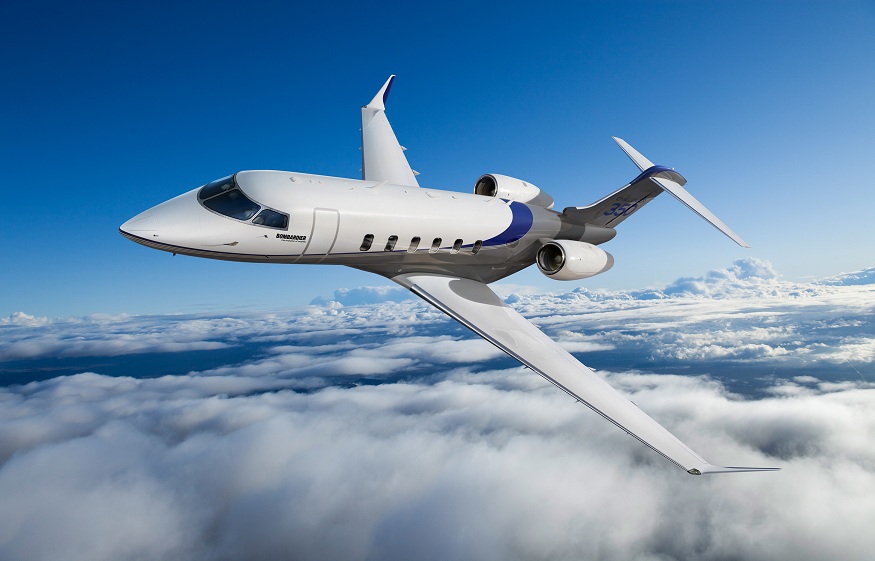There are various ways to arrive at your destination through a flight. Mentioned in this post are three major types of flight options; Non-stop flights, direct flights with stops and connecting flights. Keep reading to know more about them and their pros and cons.
When booking a flight, you can book between three major types of flights. You can either fly non-stop to your destination, stop on the way but not de-board the aircraft or stop, de-board and board again. Out of the three options to choose from, which is the right one? Let’s find out.
1.Non-Stop Flight
Non-stop flights are, just as the name suggests, a flight that flies between two ends without stopping.
Pros
- These flights have a single flight number throughout the flight duration.
- They usually have the least flight and travel duration between two points.
- Since they don’t stop midway, they are lesser prone to delays.
Cons
- They are usually the most expensive flight option.
- Long-haul non-stop flights can be tiring and boring for some travellers. Swollen feet because of low blood circulation is a common occurrence in these flights caused due to sitting for hours.
2. Direct Flight with Stops
The term ‘direct’ is regularly used reciprocally with ‘non-stop’ when discussing flights. While you might think they’re very similar, they’re not. A direct flight could be one with or without stops along the way. The only thing that direct flight means is your aircraft will not change during the journey, whether it has stoppages or not.
Pros
- Direct flights with stops also have just one flight number, even if there are multiple stops along the way.
- They are usually slightly cheaper than non-stop flights.
- Although there are stops, you don’t have to worry about your luggage.
Cons
- Direct flights can increase your total time by hours, depending on the duration of the stop.
- While they stop midway, they don’t allow you to de-board the aircraft, making it often tiring and boring.
- They are prone to delays as the flight might not get clearance for take-off on time after stopping.
3. Connecting Flight
If you book a connecting flight, it implies that you won’t just make a stop on the way to your final destination, yet you’ll need to switch planes too. There are two kinds of connecting flights; one where you switch between the same airlines and the other where you might have to change the airline as well.
Pros
- Sometimes, this can be a smart way to save your travel cost when you can’t find other options that fit your budget.
- Depending on the layover duration, you can also explore the city or country where you have stopped. This can be a great plus point if you are a leisure traveller and are on vacation. You can expand your itinerary while saving your cost.
Cons
- Some connecting flights might require you to exit terminals. This can become problematic, especially if the layover location is an international city. In such cases, you may need to acquire a separate tourist or a transit visa.
- If you are switching between airlines, you may have to collect your baggage and check-in again at the layover airport. This can add up to the inconvenience.
- Spending long hours at the airport might make the trip more tiring.
Choosing the Right Flight
The choice relies entirely on your travel requirements and budget. Whether you are looking for a Hyderabad to Bangalore non stop flight or a Delhi to Canada connecting flight via London, it is important to know your needs, your budget and preferences before choosing.

